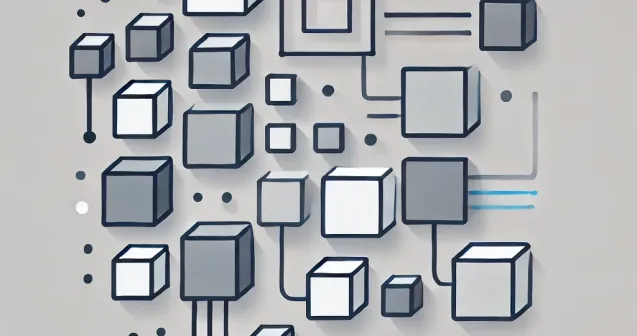
How to Create a Tensor in TensorFlow.js
Learn how to create a tensor in TensorFlow.js with easy-to-follow examples and explanations, perfect for beginners starting their machine learning journey.
· tutorials · 2 minutes
How to Create a Tensor in TensorFlow.js
A tensor is the core building block in TensorFlow.js and is used to represent data in different dimensions. Whether you are working with single numbers, lists of numbers, or complex multi-dimensional data (like images), tensors are the main way to store and manipulate that data.
In this tutorial, we’ll show you how to create a tensor in TensorFlow.js using easy-to-understand examples. Let’s start with the basics!
Creating a Simple Tensor
You can create a tensor in TensorFlow.js by using the tf.tensor function. This function allows you to pass in data (like a list of numbers), and it will transform it into a tensor.
Here’s an example of how to create a 1D tensor (a vector of numbers):
import * as tf from '@tensorflow/tfjs';
// Create a 1D tensor (vector)const tensor1D = tf.tensor([1, 2, 3, 4]);console.log(tensor1D.toString());Tensor [1, 2, 3, 4]This creates a tensor with 4 numbers, similar to a list or array, but with TensorFlow’s powerful data handling capabilities.
Creating a 2D Tensor (Matrix)
You can also create a 2D tensor, which is like a table or matrix. This is useful when working with images, tables of data, or any grid-like data structure.
Here’s how you can create a simple 2D tensor:
const tensor2D = tf.tensor([[1, 2], [3, 4]]);console.log(tensor2D.toString());Tensor [[1, 2], [3, 4]]This creates a 2x2 matrix, which is a basic example of a 2D tensor.
Higher-Dimensional Tensors
Tensors in TensorFlow.js can have more than two dimensions. For example, a 3D tensor might represent an image with multiple color channels (like red, green, and blue). You can create higher-dimensional tensors the same way by passing more nested arrays.
Here’s an example of a 3D tensor:
const tensor3D = tf.tensor([[[1, 2], [3, 4]], [[5, 6], [7, 8]]]);console.log(tensor3D.toString());Tensor [[[1, 2], [3, 4]], [[5, 6], [7, 8]]]This creates a 3D tensor with shape [2, 2, 2], which could represent two color images, each with 2x2 pixels.
More posts
-

Evaluating the Performance of a TensorFlow.js Model Using Metrics
Understand how to evaluate the performance of a TensorFlow.js model using metrics like accuracy, precision, recall, and loss. Learn practical examples for different tasks.
-

Exploring Tensor Representation in TensorFlow.js
A simple and easy-to-understand guide to the advantages of using tensors in TensorFlow.js for numerical computations, perfect for teenagers exploring machine learning.
-

Understanding Dropout Regularization in TensorFlow.js
Learn about dropout regularization in TensorFlow.js and how it prevents overfitting during model training. Explore its implementation and impact on deep learning models.